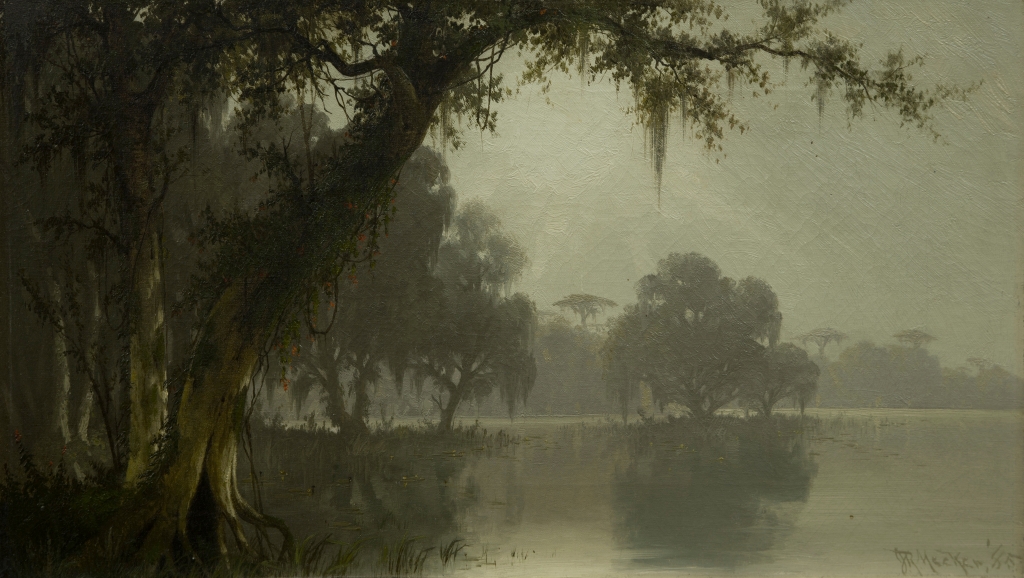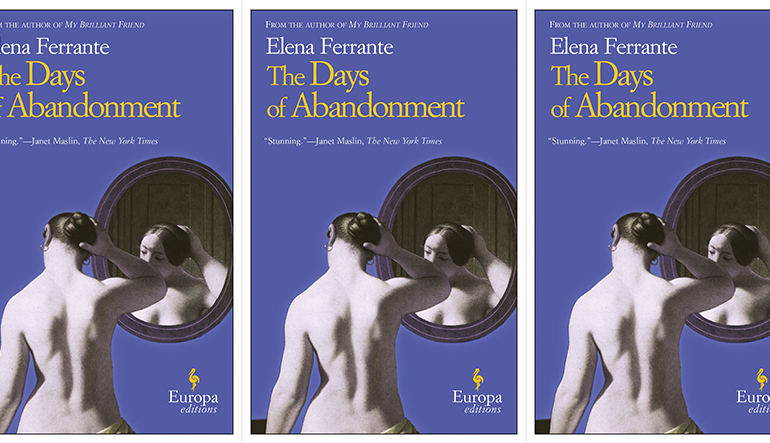This article was originally published in Margaret Atwood Studies in 2016.
Abstract
This article argues that the groundlessness associated with postmodernism is not as entrenched within its discourse as it may appear. Graham Swift’s Waterland (1992) and Margaret Atwood’s Oryx and Crake (2003) share an ecopostmodernist platform that raises questions about the human relationship with nature, while conforming to many of the aesthetic values of postmodernism. Both works actively interrogate the boundaries between human/animal/machine and nature/civilisation, revealing environmentally aware perspectives informed by a postmodern sensibility. In their encompassing of environmental and ecological perspectives, both novels critique elements of postmodernity and contemporary consumer capitalism, and raise serious questions about our relationship to the world around us. In defiance of traditional notions of postmodernism, Atwood’s and Swift’s novels exemplify an engagement with the natural world and present conceptions of reality that do not accept disengagement or detachment as a suitable response to the perceived ‘postmodernist cataclysms threatening the grounds of human existence’ (Stierstorfer 234).





Leave a comment